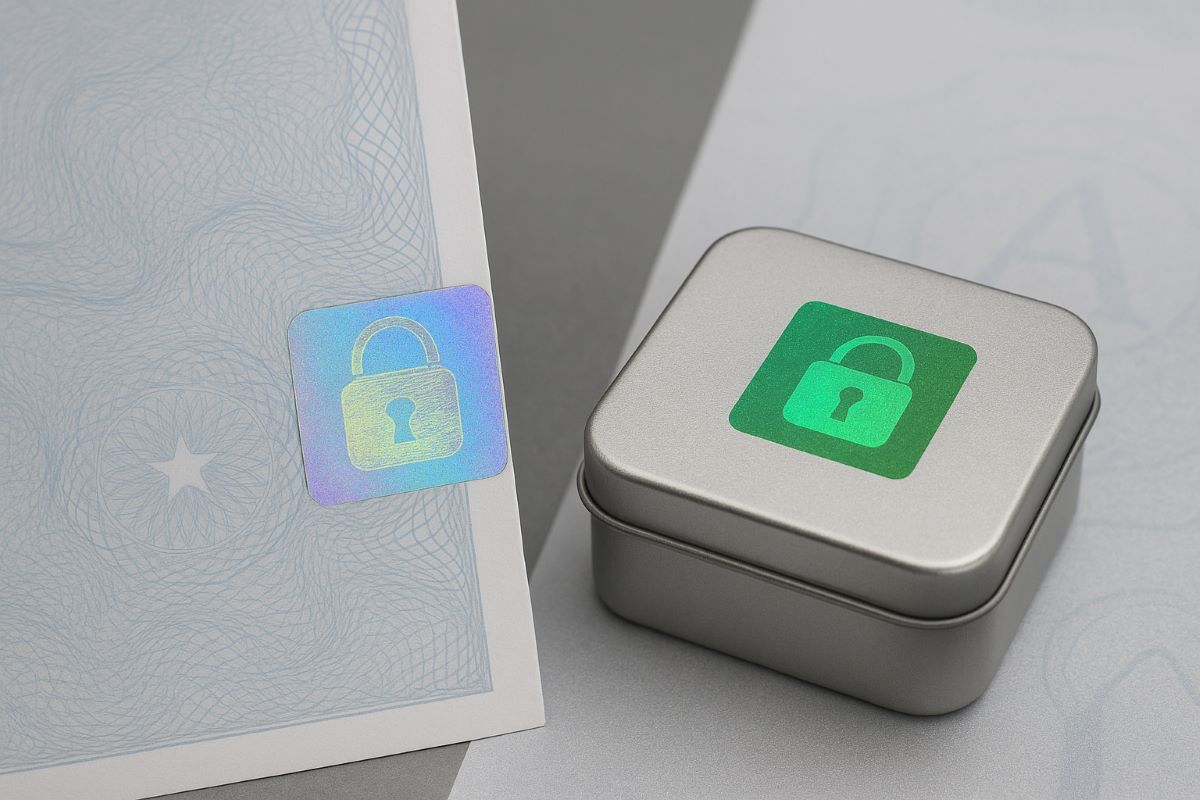In today’s global economy, counterfeiting threatens brands, governments, and consumers alike. Traditional security features like holograms or serial numbers no longer suffice, as counterfeiters evolve with increasing sophistication. Within this context, security watermark inks stand out as a discreet yet powerful defense mechanism. These inks leverage fluorescent and optical properties to embed patterns or codes that remain invisible to the naked eye but reveal their presence under controlled lighting or wavelength conditions. By balancing science and design, they provide an anti-counterfeiting solution that protects authenticity without disturbing visual aesthetics.
Scientific Principles of Security Watermark Inks
The effectiveness of watermark inks lies in their carefully engineered chemical and optical characteristics. Unlike ordinary pigments, these inks are formulated with compounds that interact with light in unique ways. Under standard lighting, the ink appears transparent or faint. However, when exposed to ultraviolet light, infrared radiation, or polarized filters, intricate patterns emerge.
This controlled visibility relies on the phenomenon of fluorescence and selective wavelength absorption. Fluorescent compounds absorb invisible ultraviolet light and re-emit it as visible light. Optical interference layers can also be integrated into the ink to reflect specific spectra, enhancing complexity. The interplay between invisibility under normal conditions and controlled detectability makes these inks difficult to replicate without advanced knowledge of chemical engineering.
 Fluorescence and Optical Behavior
Fluorescence and Optical Behavior
At the core of watermark ink technology is fluorescence. Certain molecules contain energy levels that respond to photons beyond visible light. When excited, they emit light at lower energy levels, creating visible patterns. This transformation is instantaneous and repeatable, ensuring consistent identification.
Moreover, some security inks incorporate optical variables such as angle-dependent reflectivity or polarization sensitivity. This means that designs remain invisible not only under natural light but also resist detection from digital reproduction methods like high-resolution scanning. In practice, a product marked with security watermark inks carries hidden codes, only accessible through specialized verification tools, ensuring authenticity verification in seconds.
Design Integration and Application Techniques
Invisible security features must coexist with branding and consumer appeal. Watermark inks can be seamlessly integrated into packaging, certificates, or currency without altering the intended design. Printers use screen, offset, or gravure techniques depending on the substrate. For documents requiring longevity, these inks can be layered with protective coatings, ensuring that optical properties remain intact despite handling or environmental exposure.
Customization is another strength. Patterns can include brand-specific logos, QR codes, or microtext rendered in watermark ink. This flexibility ensures that every application carries both functional protection and tailored identity reinforcement.
 Advantages Over Traditional Anti-Counterfeiting Methods
Advantages Over Traditional Anti-Counterfeiting Methods
While holographic seals and embossed features remain relevant, they face limitations in scalability and duplication resistance. Security watermark inks deliver advantages through invisibility, adaptability, and integration. Unlike physical seals, these inks cannot be easily photographed or forged, as replication requires precise chemical formulations. Furthermore, invisible integration avoids visual clutter, preserving minimalistic branding strategies preferred in luxury and high-value markets.
Because watermark inks are activated only under certain light sources, counterfeiters cannot easily detect their presence. This inherent stealth protects products while giving manufacturers a reliable authentication method.
Industrial and Commercial Applications
The versatility of security watermark inks extends across industries. In government printing, they serve as critical components of passports, banknotes, and identification cards. In pharmaceuticals, watermark inks secure packaging, preventing illegal substitution or diversion. Luxury brands integrate these inks into product labels, certificates of authenticity, and promotional materials, ensuring that exclusivity remains protected.
Additionally, the electronics sector applies watermark inks to packaging and warranty seals, preventing gray market activities. Even in the food and beverage industry, inks safeguard high-value consumables like premium wines, guaranteeing traceability and consumer trust.
The Future of Security Watermark Inks
Innovation continues to expand the capabilities of security inks. Researchers are developing inks with multi-spectral responses, enabling verification at several distinct wavelengths. Others are exploring nanomaterial-based inks that exhibit enhanced durability and resistance to tampering. The integration of invisible QR codes readable by smartphones offers another path toward mainstream adoption.
Moreover, the fusion of blockchain technology with watermark ink verification could establish unbreakable authenticity chains. Each product would carry an invisible optical key, linked to a digital ledger, ensuring real-time tracking across supply chains. This synergy between chemical science and digital infrastructure may define the next era of brand protection.
Conclusion: Invisible Yet Indispensable
The growing sophistication of counterfeiters demands equally sophisticated defenses. Security watermark inks exemplify how advanced science can quietly yet decisively reinforce trust. Their unique optical properties deliver invisibility under normal conditions while ensuring detectability through controlled verification. By integrating seamlessly into diverse substrates, they protect documents, consumer goods, and high-value products alike.
While technical and economic challenges persist, their advantages far outweigh limitations. As innovation accelerates, watermark inks will likely become more accessible, versatile, and integrated with digital technologies. For brands and institutions committed to safeguarding authenticity, security watermark inks represent an indispensable layer of defense, protecting not only products but also reputation and consumer confidence.



